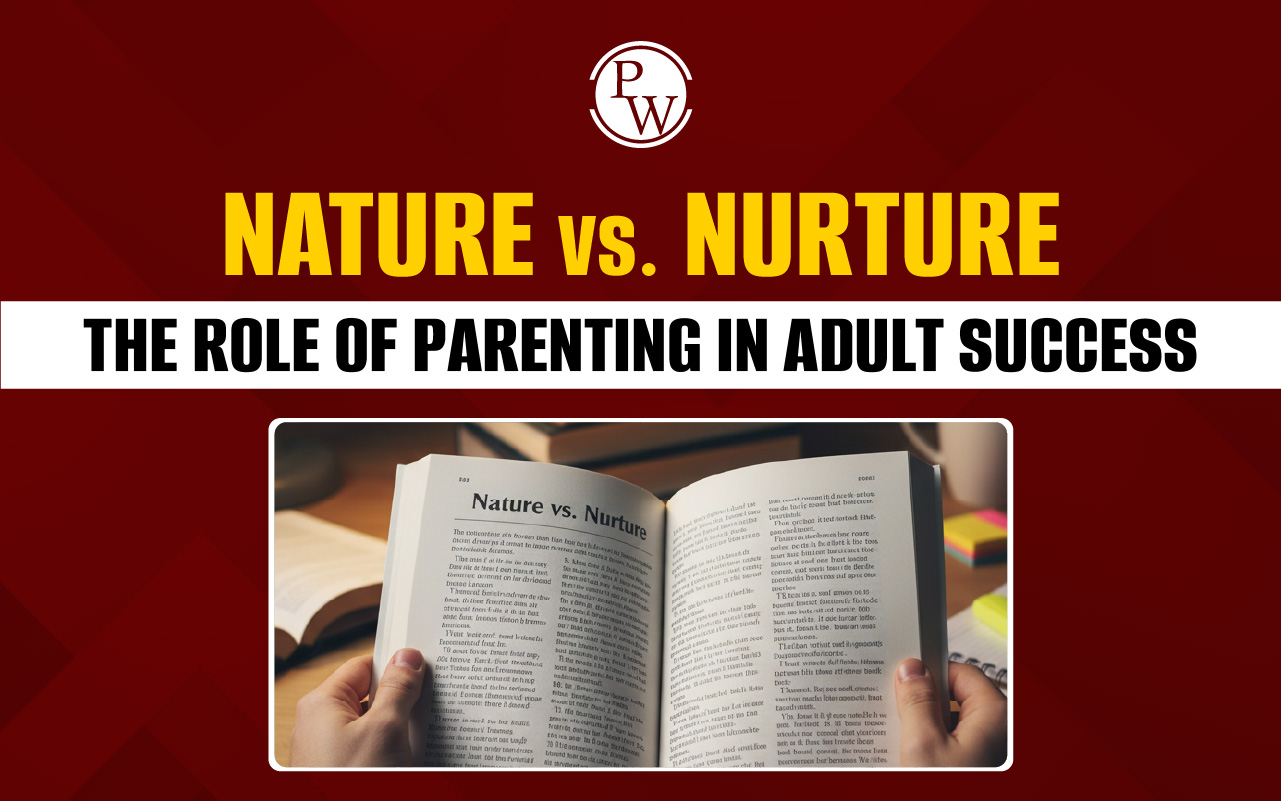
Tidal Power Reading Answers explores the growing importance of undersea turbines in generating renewable energy for Britain. This Tidal Power Reading Answers guide helps IELTS aspirants understand key concepts from the tidal power IELTS reading passage and navigate questions efficiently.
By focusing on tidal power reading passage with answers and tidal power IELTS academic reading, students can enhance comprehension and accuracy in the tidal power reading test answers section. Understanding these topics not only improves vocabulary and interpretation skills but also prepares candidates for various IELTS reading question types, including multiple-choice, sentence completion, and passage-based inference questions.
Tidal Power Reading Answers Passage
IELTS Tidal Power Reading Answers Passage helps students understand how undersea turbines generate renewable energy. By studying this tidal power IELTS reading passage and related tidal power IELTS academic reading materials, candidates can strengthen skills in IELTS reading multiple choice questions, sentence completion, and other IELTS reading question types, improving their band score. Check the below given complete passage below on Tidal Power:
Tidal Power Reading Passage
Paragraph 1
Undersea turbines that generate electricity from waves are becoming a major source of renewable energy for Britain. It is still too early to anticipate the extent of the consequences they may have, but there are all indications that they may play an important role in the future.
Operating according to the same principle as wind turbines, the force of sea turbines comes from wave currents, which turn blades like propellers on ships, but unlike wind, the waves are predictable, and the power input is stable. The technology increases the possibility of Britain becoming self-sufficient in renewable energy and drastically lowers its carbon dioxide emissions. If tidal, wind, and tidal power all grow, Britain will be able to close gas, coal, and nuclear power plants and export renewable energy to other parts of Europe. Unlike wind power, which Britain first created and then quit 20 years later, letting the Dutch turn it into a large industry, submarine turbines could generate large export revenue for island nations like Japan and New Zealand.
Paragraph 2
Tidal bases have already been determined to deliver one-sixth or more of the UK's energy and reduce the cost of competing with current gas turbines and the already dilapidated nuclear industry. One site alone, Pentland Firth, between Orkney and Scotland's mainland, could generate 10% of the country's electricity from the shores of submarine turbines and three times more than the 1,200 megawatts at Britain's biggest and unknown nuclear power plant on the Channel Islands, Alderney. Sizewell B, in Suffolk. Further sites identified contain the Bristol Canal and the west coast of Scotland, especially between Campbelltown and Northern Ireland.
Paragraph 3
Work on the plans for the latest turbine blades and bases is well underway at the University of Southampton's Sustainable Energy Research Committee. The first station is desired to be set up soon in Lynmouth, Devon, to test the technology in an effort to co-finance trade and industry, and the EU. Abubakr Bahaj, who is the head of the Southampton study, says the potential for energy from tidal currents is much better than from wind because water flows are predictable and stable. Technology for dealing with seawater-hostile salinity was formed in the North Sea oil industry and is already known for turbine blade design due to wind and ship propulsion. There are some technical issues, but I hope that in the next five to ten years, we will establish commercial sea turbine farms. Southampton was awarded £215,000 over three years to build the turbines and is functioning with IT power subsidiary Marine Current Turbines on the Lynmouth project. EU research has now determined possible sites for 106 wave power, with 80% located around the UK coast. The finest sites are between islands or about more inland beaches where there are powerful tidal currents.
Paragraph 4
A sea turbine blade should be only one-third the size of a wind turbine generator to deliver thrice as much power. The blades are about 20 meters in diameter, so about 30 meters of water is needed. Unlike wind energy, environmental resistance is unlikely. Fish and other creatures are thought to be less likely to be endangered by relatively slow-moving blades. Each turbine will be placed on a tower, which will be connected to the national power supply grid through undersea cables. The towers are designed to stick out of the water and burn alert shipping, take it out of the water for maintenance, and clean the sponge from blades.
Paragraph 5
Dr. Bahaj has accomplished a lot of work on the Alderney site, where there are strong currents. The single-submarine turbine farm will create more power than the Channel Islands need, and most will be injected into the French grid and re-imported to Britain through cable under the channel.
Paragraph 6
Technical difficulty is cavitation, where low pressure causes air bubbles behind the turning plate. These can generate vibrations and damage the blades of the turbines. Dr Bahaj stated, "We need to sample several blade types to prevent this from occurring or at least make sure it does not harm the turbines or lower performance." One more minor problem is the submerged waste floating on the blades. So far, we couldn’t got to know the level of consequence it might be. The turbines need to be made stronger because the sea is a hostile environment, but all indications are good that it can be done.
Tidal Power Reading Sample Questions
Sample questions based on the tidal power reading passage with answers allow aspirants to practice efficiently. These exercises highlight common IELTS reading test answers formats, multiple-choice challenges, and sentence completion tasks, helping students navigate the IELTS reading test format, improve accuracy, and enhance strategies to handle all IELTS reading question types effectively.
| Sample Questions on IELTS Tidal Power Reading Answers Passage | ||
| Question Type | Question | Options / Instructions |
| Multiple Choice | 1. What is one major advantage of tidal power over wind power according to the passage? | A) It is cheaper to install B) It is more predictable and stable C) It requires smaller investment D) It produces no maintenance issues |
| Multiple Choice | 2. How much of the UK’s electricity could be generated by Pentland Firth alone? | A) 1% B) 5% C) 10% D) 20% |
| True / False / Not Given | 3. Britain has already closed all its nuclear plants due to tidal power. | True / False / Not Given |
| True / False / Not Given | 4. Fish and sea creatures are believed to be largely unaffected by tidal turbine blades. | True / False / Not Given |
| Sentence Completion | 5. According to Dr. Bahaj, the potential for tidal current energy is greater than wind because __________. | (Complete the sentence from passage) |
| Sentence Completion | 6. EU research has identified __________ possible sites for wave power, with most located around the UK coast. | (Complete with number) |
| Matching Information | 7–9. Match the sites with their significance: | A. Pentland Firth – produces 10% of electricity B. Alderney – exports energy to France C. Lynmouth, Devon – testing first turbine station |
| Short Answer Question | 10. What is the main technical problem caused by cavitation in tidal turbines? | Answer in one or two words. |
IELTS Tidal Power Reading Answers
By reviewing these tidal power reading test answers, students learn to tackle IELTS reading multiple choice questions, sentence completion, and other IELTS reading question types, improving comprehension and boosting their IELTS reading band score.
| IELTS Tidal Power Reading Answers | ||
| Question Type | Question | Answer |
| Multiple Choice | 1. What is one major advantage of tidal power over wind power according to the passage? | B) It is more predictable and stable |
| Multiple Choice | 2. How much of the UK’s electricity could be generated by Pentland Firth alone? | C) 10% |
| True / False / Not Given | 3. Britain has already closed all its nuclear plants due to tidal power. | False |
| True / False / Not Given | 4. Fish and sea creatures are believed to be largely unaffected by tidal turbine blades. | True |
| Sentence Completion | 5. According to Dr. Bahaj, the potential for tidal current energy is greater than wind because __________. | water flows are predictable and stable |
| Sentence Completion | 6. EU research has identified __________ possible sites for wave power, with most located around the UK coast. | 106 |
| Matching Information | 7–9. Match the sites with their significance: | A – produces 10% of electricity B – exports energy to France C – testing first turbine station |
| Short Answer Question | 10. What is the main technical problem caused by cavitation in tidal turbines? | vibrations / blade damage |
Guidance to PW IELTS Prep
IELTS Online Courses is a great initiative Physics Wallah took to help IELTS aspirants better prepare for the exam. Follow our below pages to learn more about the IELTS exam.| IELTS Reading Band Score | IELTS Listening Band Score |
| IELTS Speaking Band Score | IELTS Writing Band Score |
IELTS Tidal Power Reading Answers FAQs
What is the main advantage of tidal power over wind power?
How much electricity can Pentland Firth generate for the UK?
Why are fish and sea creatures considered safe near tidal turbines?
What is the main technical problem caused by cavitation?
Which site was chosen to test the first tidal turbine station?










